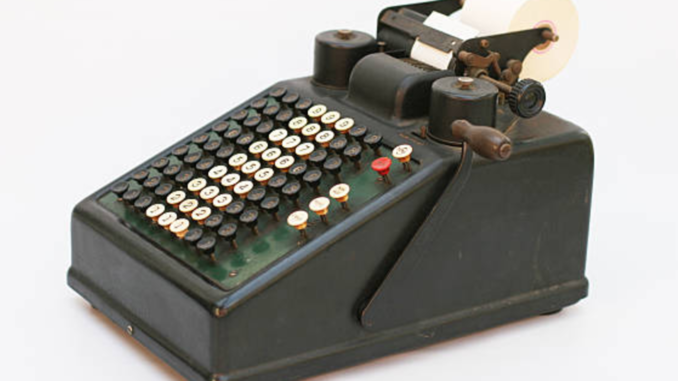
By Alisha Goldberg, Assistant Editor
Restaurant management and POS systems have undergone dramatic change in recent years — more dramatic, perhaps, than any the restaurant industry has seen since the decades-old shift from cash registers to POS terminals. These changes encompass both the software and hardware that top-performing restaurants are using today to improve business operations and customer satisfaction — and, ultimately, to reduce costs and increase revenues.
The most obvious change is the adoption of tablets. According to Starfleet Research, more than three-quarters (76%) of restaurant owners and managers cite the benefits of mobile devices — which, increasingly, are supplementing or replacing stationary terminals in certain restaurant segments — as the top reason to upgrade their POS systems.
The allure of mobility, which enables tableside ordering and payment processing, may be having the greatest impact on purchase decisions, at least in table service environments. New data security requirements along with a number of advances in features and functionality are also certainly factoring into the equation.
These advances range from more robust data analysis and reporting capabilities to expanded payment processing options to handle the proliferation of chip-and-pin cards and e-wallet apps. Other key drivers include everything from CRM, marketing and customer loyalty program features to built-in inventory control and labor management capabilities.
In short, there is no lack of compelling reasons for restaurateurs to upgrade their POS systems. Yet many restaurants continue to use antiquated systems, whether out of habit, due to misplaced priorities or simply because they lack a good understanding of the financial and other benefits that a next-generation system can deliver.
Whatever the reason, relying on an underperforming system to manage practically every facet of their day-to-day business operations may, for many restaurants, be a recipe for disaster.
Of course, selecting the right restaurant management and POS system can be a daunting task. There is an overwhelming number of well-performing options in the marketplace today. Comparing and contrasting the capabilities for each solution is not easily done without a commitment of time and energy and also a solid framework for evaluation.
As a first step, restaurants need to gain clarity around their own unique needs and priorities. The process of selecting the right technology therefore begins with a simple maxim: “know thyself.”
Are you an industry thought leader with a point of view on restaurant technology that you would like to share with our readers? If so, we invite you to review our editorial guidelines and submit your article for publishing consideration.

